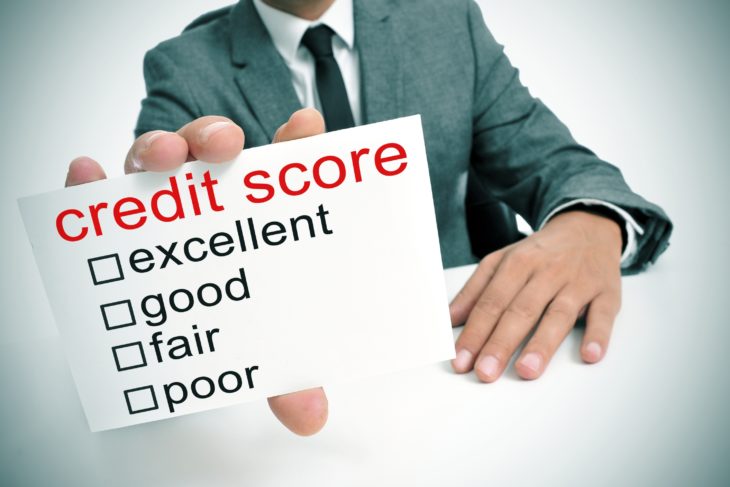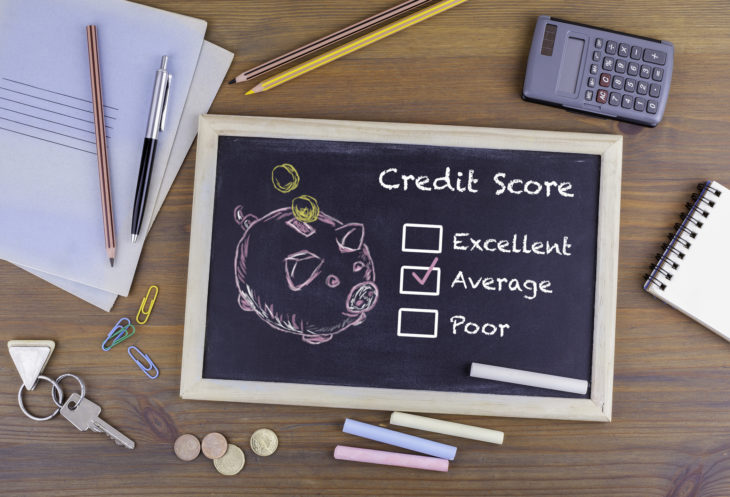Since the late 1950s and early 1960s banks started collaborating for sharing customer credit data, including payment histories and account balances. This was the first type of credit bureaus that operated with limited reach among communities. Within the next 10 years, a few large companies established themselves as leaders in credit reporting that subsequently transformed into the three major bureaus that we have today – Experian, Equifax, and TransUnion.
In 1970, the US Congress passed the Fair Credit Reporting Act or FCRA with the objective of regulating the functioning of its rating companies in matters related to handling personal information of consumers but still, its reporting was in its infancy, and it took two more decades for taking the shape that it is today. The advancement of technology allowed companies to store, and the early eighties paved the way for the digital transformation of all consumer data stored with the rating companies. Today, companies carry detailed histories of consumers that include personal information like name, address, date of birth, Social Security Number (SSN) as well as loan, payment data, and inquiry that helps to generate reports.
Contents
The need for credit reports and scores
Banks want to ensure safe lending by offering loans to people who are a reliable customer and to know about their credibility and a track record as borrowers; lenders rely on the history of borrowers. The need to check the background of borrowers acquired more importance as banks moved away from its earlier practice of awarding loans against collateral security only and started offering unsecured loans. Accompanied by the growing business of credit cards that introduced plastic money, the horizon of lending without security suddenly expanded manifold. Banks were attracted to unsecured lending because it was a very profitable business, but at the same time, risks were also high. Banks do not have any means of recovering loans in case borrowers default or stop paying altogether.

Source: Military.com
To continue with the business of unsecured lending, banks started gathering borrower information and felt the need for a centralized information system or database of potential borrowers that led to the present-day reporting system and scores.
The contents of the credit report
The report is like your financial report card that exclusively focuses on your performance to tell others how dependable you are as a customer. It contains every detail of your personal information that helps to identify you and may even include your previous address and information about your employment.
It carries all the details of your transactions, including loans and smart cards as well as closed accounts along with the payment history. The timely payment as well as missed payments and delayed payments everything shows up in that history and captured in the report. How you have performed with your debts and credits, become clear on going through the report.
According to personalfinanceanalyst.com, there are quite good chances of information mix-up which can affect your record and the reason why you must call for Equifax free credit report or any other major agency once a year to check its correctness and arrange for rectification if required.
The need for credit score
The report is quite elaborate, and it takes time to analyze the information to understand the worthiness of people. When it requires quick decision to decide the eligibility for applicants for that and loans, an easier way to know the dependability of the applicant is to refer to score computed on a scale of 300-800. This is a mathematical translation of the report that represents a person’s credibility in numbers. The higher it is, the more reliable is the borrower and vice versa. Banks and other lenders depend on it to take a prima facie decision about lending as it simplifies the process greatly.

Source: Lakeland Bank
Credit scores and interest rate
The importance of it does not stop at determining loan, but because it points to the risk level of borrowers, lenders use it to understand the risk involved in lending and cover it with the suitable rate of interest. People with a poor record are risky to lenders and may be either totally barred from taking loans or even if they manage to get loans must bear much higher interest than those with a better of it.
Since they are important to survive in modern times, it is extremely important to ensure a good record that gives easy access to loans and credits at affordable interest rates. Building good history helps to use money more wisely and augment your finances that can lead to a bright financial future.
How lenders use credit score
Each of the major rating bureaus has their own methods and algorithms for calculating it and the reason why that obtained from one agency might differ from another. Lenders use it to understand how high the chances are for borrowers paying back the money on time. They are available under the brand names like FICO and Vantage. These brands have different versions of them for different uses like a report for car insurance companies and a different report for mortgage lenders and smart card companies.

Source: Icon Credit Union
Good credit score
There is no absolute definition of good score because lenders set their own benchmarks according to their business policies. Any score that may seem acceptable to some lender may not be acceptable to some other lenders. However, all lenders would agree that a score of 720 is good and touching 800 would be very good. Slightly below 700 and hovering a little above 600 is good too, but it will not give access to the widest range of borrowing opportunities, although getting a loan should not be a problem.
To work towards building a healthy record, you must use installment loans and smart cards simultaneously, pay credit bills on time and avoid too many and too many debts.
